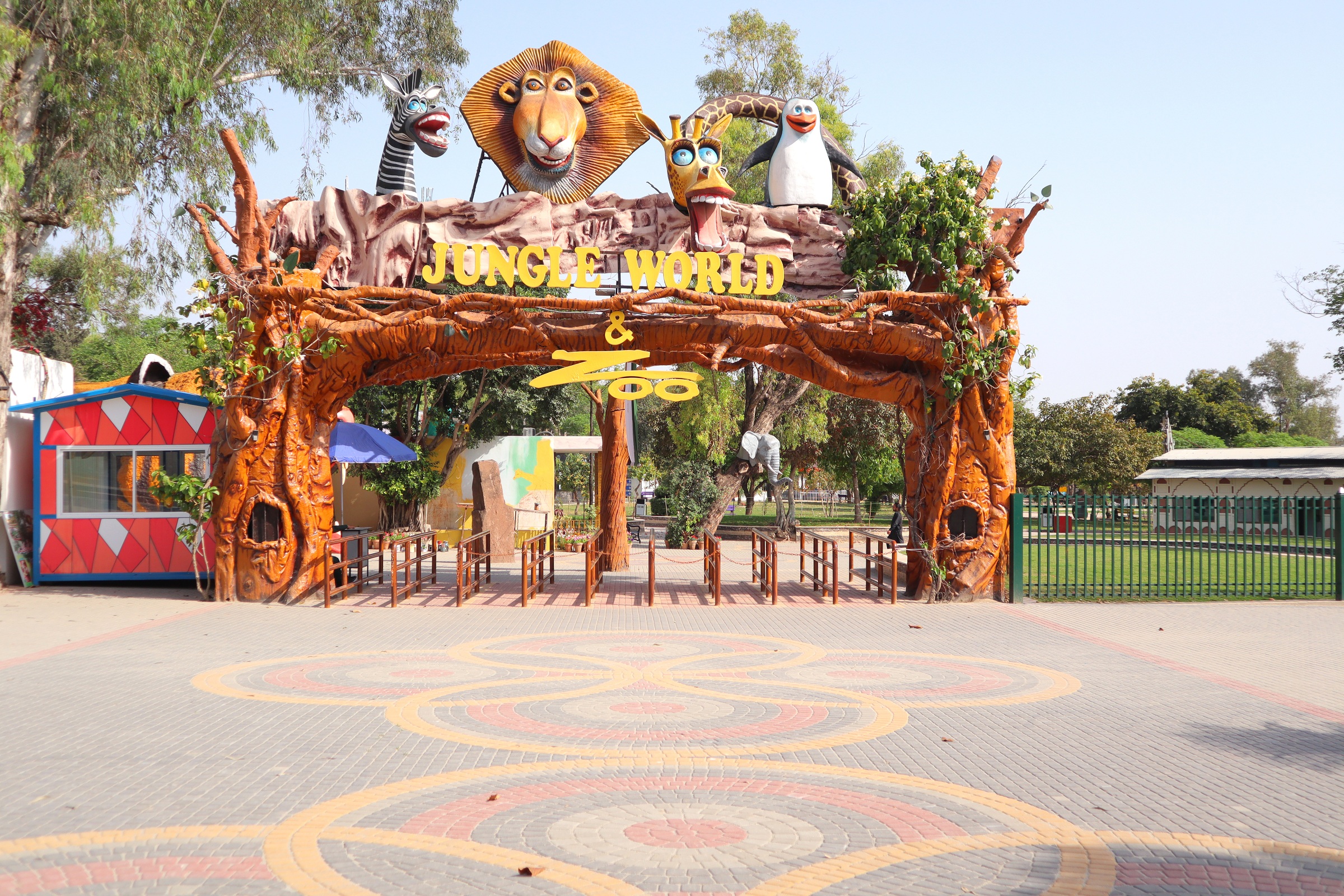National parks in Pakistan are a reflection of the country's diverse ecosystems and rich natural heritage. These protected areas not only conserve wildlife but also provide opportunities for eco-tourism, education, and recreation. In this guide, we will explore the total national parks in Pakistan, their attractions, and tips for visitors.
How Many National Parks in Pakistan?
Pakistan is home to 31 national parks, spread across its provinces and regions. These parks protect a variety of ecosystems, ranging from alpine forests and wetlands to deserts and coastal areas. The total national parks in Pakistan showcase the country's commitment to preserving its natural environment and wildlife.
The Origin of National Parks: Who Gave the Idea?
The concept of national parks was first introduced by George Catlin, an American painter, in the early 19th century. He envisioned protected areas where nature and Indigenous cultures could coexist. This idea led to the establishment of the first national park in the world, Yellowstone National Park, in 1872 in the United States. It served as a model for conservation efforts worldwide, including in Pakistan.
The national parks in Pakistan are treasures of natural beauty and biodiversity. From the vast landscapes of Hingol National Park in Pakistan to the serene beauty of Deosai, these parks offer something for everyone. By visiting and supporting these parks, you play a role in conserving Pakistan’s natural heritage.
Plan your visit today and immerse yourself in the unparalleled beauty of these protected areas. Whether you’re an adventurer, a nature lover, or someone seeking tranquility, the national parks in Pakistan promise unforgettable experiences.
.jpg)
List of Total National Parks in Pakistan
Here is a list of total national parks in pakistan categorized by province and region:
|
Province/Region |
National Parks |
Key Features |
|
Punjab |
Lal Suhanra, Chinji, Khabikki Lake |
Desert ecosystems, diverse bird species, saltwater lakes |
|
Sindh |
Kirthar, Haleji Lake, Rani Kot |
Wildlife sanctuaries, migratory bird habitats, historical forts |
|
Balochistan |
Hingol, Ziarat Juniper Forest, Hazarganji-Chiltan |
Largest park, ancient junipers, endangered Chilean wild goats |
|
Khyber Pakhtunkhwa |
Ayubia, Chitral Gol, Saiful Muluk |
Scenic trails, snow leopards, enchanting lakes |
|
Gilgit-Baltistan |
Deosai, Khunjerab, Central Karakoram |
High-altitude plateaus, rare Marco Polo sheep, world’s highest peaks |
Hingol National Park in Pakistan
Overview
Hingol National Park in Pakistan is the largest national park in the country, spanning over 6,100 square kilometers. Located in Balochistan, it is famous for its breathtaking landscapes and unique biodiversity.
Key Attractions
-
Geological Wonders: Mud volcanoes, coastal cliffs, and the iconic Princess of Hope rock formation.
-
Wildlife: Home to species like the Sindh ibex, Indian pangolin, and marsh crocodile.
-
Cultural Significance: The Hinglaj Mata temple, is a sacred site for Hindus.
Visitor Tips
-
The best time to visit: is October to March.
-
Carry adequate water and supplies, as facilities are limited.
-
Hire a local guide for a safer and more informative experience.
Why Visit National Parks in Pakistan?
The national parks in Pakistan offer a variety of experiences, from adventure to relaxation. Here’s why you should explore them:
1. Biodiversity Conservation
-
These parks protect endangered species like the snow leopard, Himalayan brown bear, and Chiltan wild goat.
-
They preserve diverse ecosystems, including alpine meadows, wetlands, and deserts.
2. Adventure and Recreation
-
Trekking, camping, and wildlife photography are popular activities.
-
Parks like Deosai and Khunjerab offer breathtaking views and challenging trails.
3. Cultural and Historical Importance
-
Many parks, such as Hingol and Lal Suhanra, have historical and cultural significance.
-
They are excellent destinations for eco-tourism and learning about local traditions.
4. Educational Opportunities
-
National parks are ideal for educating visitors about conservation and environmental science.
-
They provide a natural laboratory for researchers and students.
Tips for Exploring National Parks in Pakistan
-
Plan Your Visit
-
Research the park’s entry requirements and timings.
-
Check the weather and pack suitable clothing and gear.
-
-
Respect the Environment
-
Avoid littering and follow park rules.
-
Do not disturb wildlife or damage plants.
-
-
Travel Safely
-
Hire a guide for remote areas.
-
Ensure your vehicle is suitable for rough terrain.
-
-
Support Conservation Efforts
-
Pay entry fees to contribute to park maintenance and conservation.
-
Spread awareness about the importance of protecting these areas.
-
-
Be Prepared
-
Carry essentials like water, snacks, and a first aid kit.
-
Wear appropriate footwear for hiking or trekking.
-

FAQs
1. How many national parks are there in Pakistan?
There are 31 national parks in Pakistan, covering a variety of ecosystems and landscapes.
2. What is the largest national park in Pakistan?
Hingol National Park in Pakistan is the largest, spanning over 6,100 square kilometers.
3. What activities can I do in Pakistan’s national parks?
You can enjoy trekking, camping, birdwatching, and wildlife photography.
4. Are there entry fees for national parks in Pakistan?
Yes, most parks charge a nominal fee to support conservation efforts.
5. What is unique about Deosai National Park?
Deosai is known for its high-altitude plateaus, stunning wildflowers, and rare species like the Himalayan brown bear.
6. Can I visit national parks year-round?
Some parks, like Hingol, are accessible year-round, while others, like Deosai, are best visited during summer.





.gif)








.gif)







Sign in
to continue to ilmkidunya.com